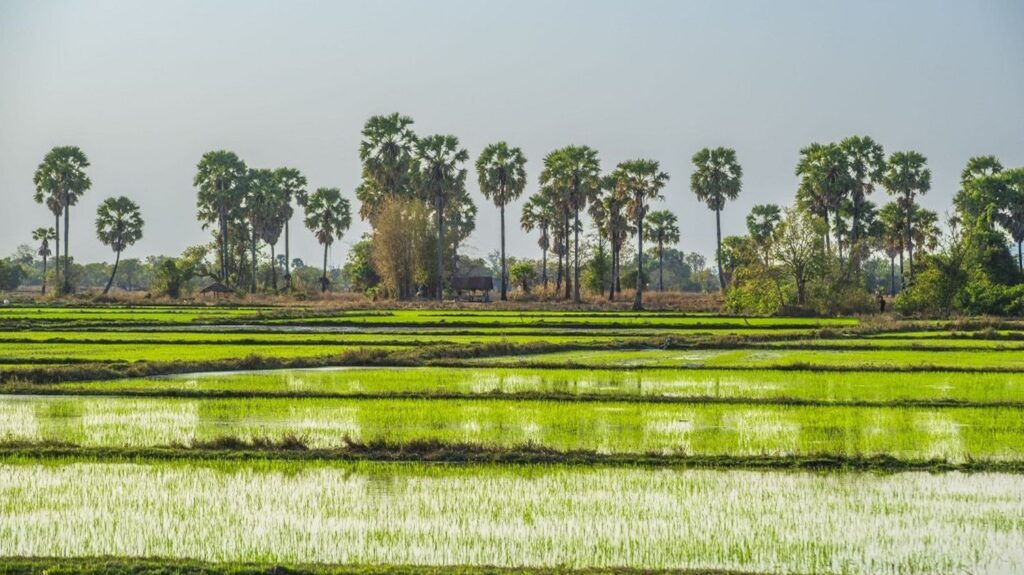The phenomenon is not new “but human activities, notably deforestation, overgrazing, unsustainable agricultural and irrigation practices, are increasingly responsible for accelerating these processes”, underlines the Organization in its annual report published Monday.
/2023/07/06/64a68815cd1a7_placeholder-36b69ec8.png)
Published
Reading time: 2min
/2025/11/03/024-4914273-690879cd750b6361393377.jpg)
This represents a little less than a quarter of the world population. Around 1.7 billion people live in areas where land degradation caused by human activities, such as deforestation, leads to productivity losses, according to a report released Monday (3 November) by theUnited Nations Agricultural Organization (FAO).
The body defines land degradation as the long-term reduction in their capacity to provide goods and services and sees it as a “growing threat” for agricultural productivity and food security. The phenomenon is not new. It is, among other things, the result of natural factors such as soil erosion caused by water and wind or salinization. “But human activities, including deforestation, overgrazing, unsustainable agricultural and irrigation practices, are increasingly responsible for accelerating these processes”underlines the FAO in its annual report on the State of Food and Agriculture. Land degradation can marginally affect the yield of a wheat field or lead to the complete abandonment of agricultural land.
The populations most affected are in South and East Asia, where density is high. In high-income countries, “the effects of land degradation on yields are masked by the intensive use of inputs” such as fertilizers or pesticides, notes the FAO. “This strategy is costly, produces diminishing returns, worsens degradation and leads to environmental externalities”warns the organization.
Land degradation is neither inevitable nor irreversible, the FAO also emphasizes. According to his calculations, “Simply reversing 10% of human-caused degradation on current agricultural land would restore enough production to feed an additional 154 million people each year”. It lists in its report the regulatory instruments (bans on deforestation for example), incentives (payments for ecosystem services) and conditional instruments (subsidies linked to compliance with environmental standards) that can be put in place, particularly depending on the size of the farms.


